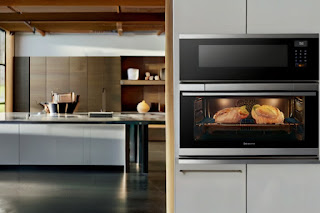The Dangers of Purchasing Refurbished Computers Online

Purchasing a refurbished computer online can offer a cost-effective means of acquiring dependable technology, but it carries specific risks that consumers should acknowledge. Refurbished computers typically undergo a process where they are returned to the manufacturer, repaired, and then made available for resale. While this process can yield a product that performs like new, there are various potential drawbacks for buyers to consider. 1. Limited Warranty and Return Policies Refurbished computers often come with shorter warranties compared to brand-new ones, and the return policies may be less generous. This limitation can pose a significant concern if issues with the device arise after the initial period of use. 2. Uncertainty about Previous Issues One of the primary risks associated with buying a refurbished computer is the uncertainty about the device's history. While manufacturers claim to thoroughly test and repair these units, there's no guarantee that every potential ...











